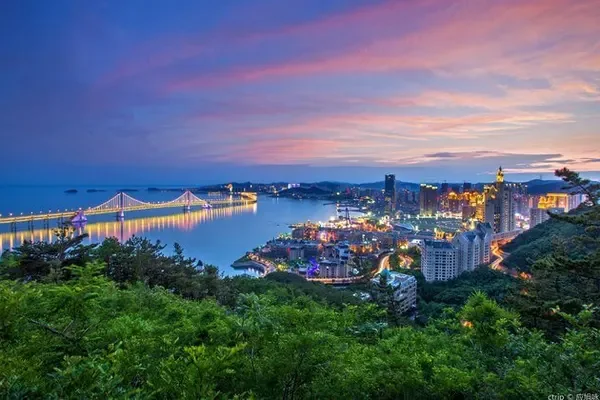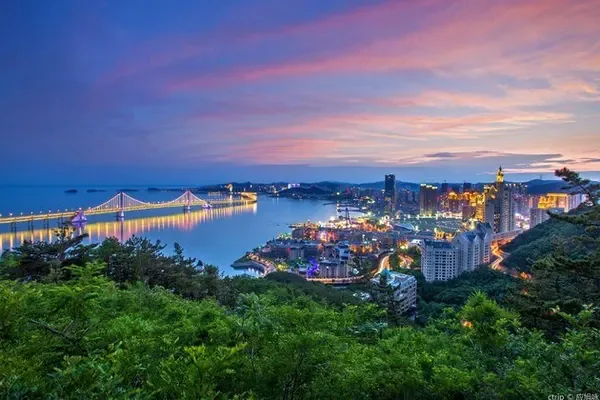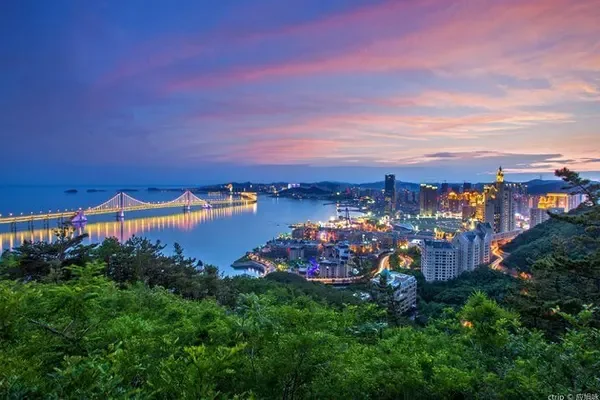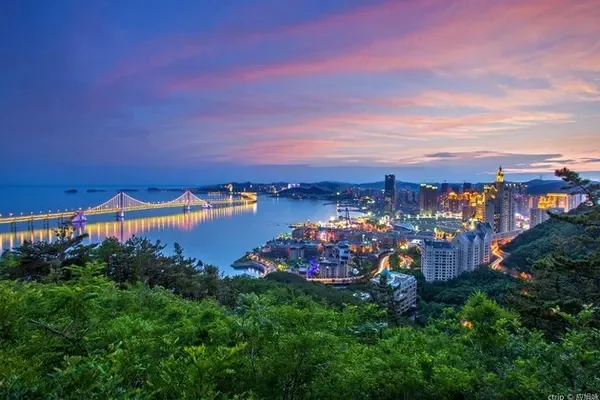【Xi'an】: Xi'an, known as Chang'an in ancient times, has a long history. The air here is full of allusions and legends that have passed away in the long river of history, the camel bell that reminds us of the starting point of the Silk Road, the envoys from all over the world who worship, Xuanzang who translates scriptures under a lonely lamp, and the noble concubine dancing in colorful clothes in the pear garden... Walking on the street and walking under the majestic city wall, visitors will have a strange sense of interlacing with the ancient and heavy history inadvertently.
[Big Wild Goose Pagoda Square] Music Fountain Square Big Wild Goose Pagoda Square
[Huashan]: It has attracted countless tourists with its steepness. The views, courtyards, pavilions and pavilions on the mountain are all built according to the situation of the mountain. The mountains fly up like castles in the air, and there are ancient pines against each other, which is even more unique. The mountains are beautiful and have different images, such as Han Xiangzi driving a cow, a golden toad playing a tortoise, and a white snake in distress.... The gurgling water in the valley road and the water curtain waterfall in the mountain stream are even more interesting.
[Terracotta Warriors and Horses of the Mausoleum of Qin Shihuang]: The Museum of Terracotta Warriors and Horses of Qin Shihuang is located 1.5 kilometers east of the Mausoleum of Qin Shihuang, built on the original site of the pit of Qin Terracotta Warriors and Horses. It is the largest underground military museum in the world. It is the burial pit of Qin Shihuang's mausoleum. According to historical records: Qin Shihuang Yingzheng began to build the cemetery when he came to the throne at the age of 13. The cemetery was planned and designed by Prime Minister Li Si and supervised by General Zhang Han. It took 38 years to build it. The vastness of the project and the grandeur of the spirit set a precedent for the extravagant burial of feudal rulers in the past dynasties.
[Huaqing Palace]: Integrating human history and natural landscape, the emperors of Zhou, Qin, Han, Sui, Tang and other dynasties built their palaces here. The scenic area imitates the magnificent Tang Dynasty architecture, and the garden scenery is unique. There are mainly Tang Huaqing Palace Yutang Site Museum, Xi'an Incident Site, Jiulong Lake and Furong Lake Scenic Area, Tang Liyuan Site Museum, and landmark buildings such as Feishuang Hall, Zhaoyang Hall, Changsheng Hall, Huanyuan, and Yuwang Hall. .
[Ming City Wall]: Ancient military fortress.












